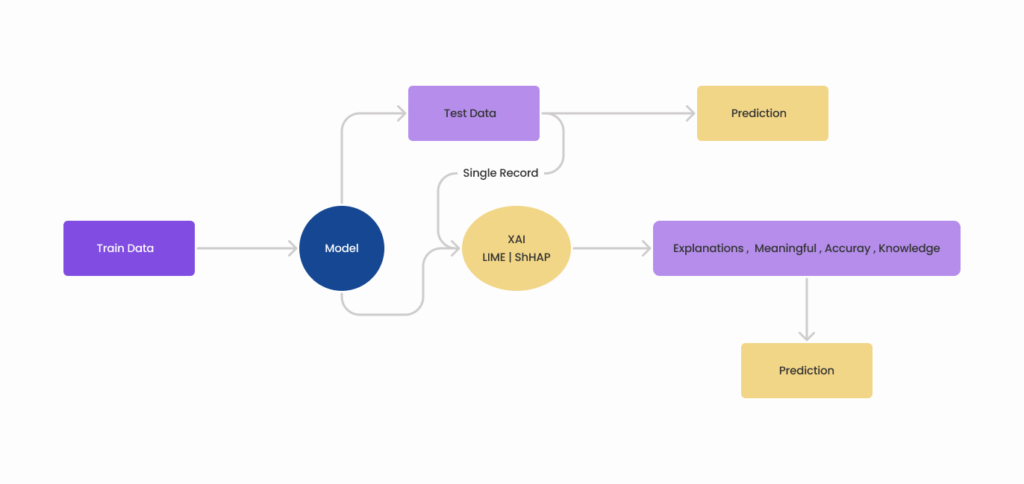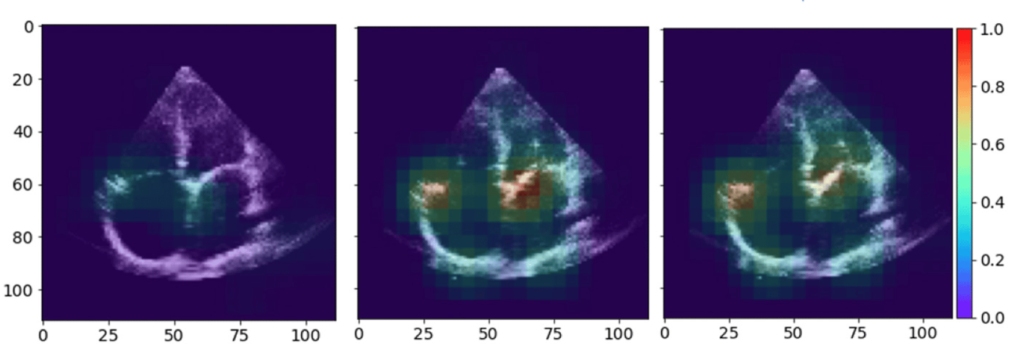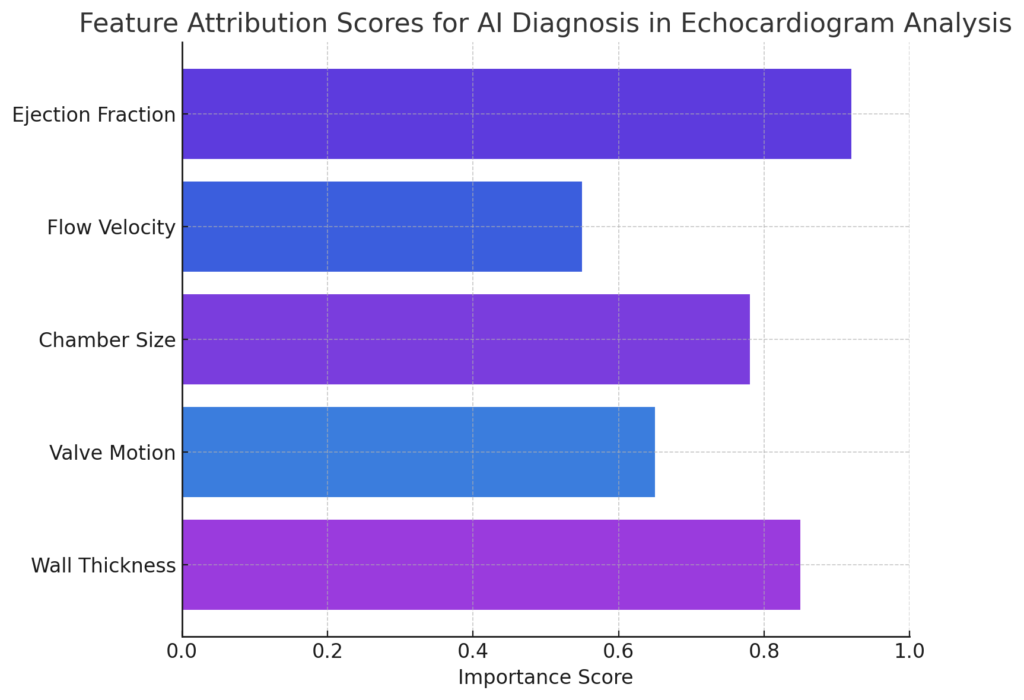Imagine living in an era with advanced AI technologies, where diseases can be diagnosed way before any symptoms appear or advance. Those advanced artificial intelligence (AI) technologies can potentially save many precious lives.
The hospitals and clinicians that have full access to these state-of-the-art tools, however, are still reluctant to use them due to their opaque nature. Because they do not see and comprehend on what grounds these models make the conclusion.
This is the current reality that many healthcare facilities must deal with.
Let’s say you needed medical testing because you felt ill and went to the hospital. Although one could think that the results are reliable, there is a catch. The process of interpreting the data and developing a diagnosis does not include humans. An AI model is assigned that task.
Don’t you want to know what factors went into the decision-making? Is it reasonable to accept the model’s word without comprehending the reasoning behind it?
This is where Explainable AI (XAI) comes into play.
What is Explainable AI (XAI)?
Explainable artificial intelligence (XAI) is, in general, a collection of processes that let users comprehend how machine learning algorithms generate their outputs. The four guiding principles of explainable AI were created by the US National Institute of Standards and Technology (NIST):
Explanation: Each output from the system needs to be accompanied by supporting data or a justification.
Meaningful: This specifies that the system provides explanations/evidence that are understandable to the end users of the system.
Explanation Accuracy: The explanations are apparent and accurately reflect the cause behind producing the outcome. The Explanation Accuracy principle imposes veracity on a system’s explanations.
Knowledge Limits: According to this theory, the system can recognize situations in which it is not intended nor authorized to function. This makes it possible for the system to function within bounds and provide a fair result.
The goal of making a machine learning model explainable is to respond to the following queries:
- What was the reasoning behind the model’s decision?
- Which characteristics contributed to a model’s success or failure?
- What degree of confidence must the model have for you to be able to trust it?

Explainable AI (XAI) in Healthcare – Diagnosing Cardiac Conditions
Problem Statement
Metro Health is an AI-enabled hospital with state-of-the-art and advanced technological tools for diagnosis and patient care. The health care is utilizing an advanced AI model to analyze ultrasound images of the heart also known as echocardiograms, in order to diagnose cardiac disorders.
Despite the model’s high accuracy and precision rate, the cardiologists are not fully relying on the model’s predictions without knowing the rationale and logic behind the output diagnosis. Particularly, considering the serious consequences in the event of misdiagnosis.
Implementing an Explainable AI (XAI) in Healthcare
To overcome this problem and build trust and confidence in the AI model, Metro Health collaborates with a leading AI company to incorporate an Explainable AI (XAI) Solution specifically for cardiac diagnostics. The new system is an additional feature that integrates with the current AI model and provides a visual representation of the model decision-making process.
Key Features of the Explainable AI (XAI) in Healthcare System
Heat Map Visualizations
Each echocardiogram is analyzed and the system creates a heat map overlaying the original image. This heat map highlights the regions of the heart that the AI model thought were most suggestive of a certain ailment, like hypertrophic cardiomyopathy or mitral valve prolapse.

Feature Attribution Scores
Along with the visual representation of the echocardiogram in the form of a heatmap, the system offers a breakdown of feature attribution scores. These scores indicate how important particular image attributes (such as wall thickness or valve motion) were to the AI while making its diagnosis. Cardiologists can then determine which factors were most important in making the diagnosis.

Natural Language Explanations
The system then generates a brief synopsis outlining the main conclusions to make the reasoning behind the model more understandable. For instance, it might report, “The AI model detected an abnormal thickening in the left ventricular wall and irregular valve motion in the echocardiogram, suggesting a high likelihood of hypertrophic cardiomyopathy.”
Interactive Dashboard
Finally, cardiologists can explore various situations, modify parameters, and observe the impact of changes on the AI’s predictions by utilizing an intuitive dashboard to interact with the model’s outputs. This tool helps cardiologists make clinical decisions by letting them investigate different theories.
Benefits of Explainable AI in Cardiac Diagnosis
Enhanced Diagnostic Confidence
Metro Health cardiologists now have much greater faith and confidence in AI-assisted diagnoses because of the new added XAI features. Their clinical experience is supported by the heat maps and feature attributions, giving them confidence that the AI model is making recommendations based on sound medical logic.
Improved Collaboration and Learning
Medical students of Metro Health can benefit greatly from the brief description and visual explanations, which create a collaborative learning environment where AI is accepted as a reliable assistant in medical practice.
Patient Communication and Trust
Cardiologists interact with patients by using the visual explanations to explain to them precisely what the AI model found and the reasoning behind a certain diagnosis. Increased adherence to treatment programs and patient trust are two benefits of this transparency.
Conclusion
In conclusion, explainable AI (XAI) in healthcare transforms healthcare at Metro Health by improving the understandability and reliability of AI models. Explainable AI (XAI) encourages the implementation of AI technologies that enhance patient care, safety, and results by coordinating cutting-edge AI technology with clinical practice. This strategy highlights how healthcare is being transformed by Explainable AI (XAI).
Interested in how explainable AI (XAI) can enhance decision-making in your industry—whether it’s healthcare, finance, or any other sector? Get in touch with Veritas Analytica to discover how we can develop customized XAI solutions that meet your specific requirements and ensure transparency in AI-driven processes.





